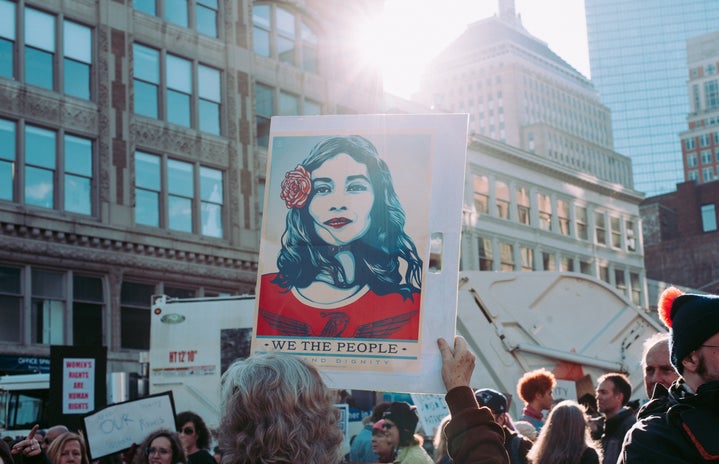When you think of Venice, the first thing that comes to mind is the beautiful networks of waterways and canals. Now, due to an “exceptional wave of bad weather”, described by Interior Minister Matteo Salvini, the city of Venice is once huge puddle. On Monday, October 29, over 70 percent of Venice, Italy was submerged under water. The storm is described by Quartz as “ferocious” with tornadoes and hurricane force winds, rising water levels.
The highest recorded water level of this storm was documented at over five feet, which caused many of the Lagoon City’s famous tourist spots to be closed on Monday, including St. Mark’s Square. People Magazine stresses that this is the worst flooding the city has experienced in nearly ten years, the last instance this close being in December of 2008. The highest water level of Venice flooding was recorded at 76 inches, over 6 feet, above sea level in 1966. CNN reports that this October storm has claimed 11 lives across Italy, which is a number that could possibly continue to grow as these horrible conditions continue.
Another concern of this historical city is the centuries-old architecture that makes St Mark’s Square and many other destinations desirable tourist attractions. According to The New York Times, Pierpaolo Campostrini, Procuratore of St.Mark’s Basilica, said the following in a statement, “It may not be visible to the eye, but structures age because of the salt water drenching the bricks, which were not meant to remain underwater for long; that goes for bronze, too…The bricks are like sponges, and if the water levels don’t drop, the water rises several meters to the mosaic level. In one day, the basilica aged 20 years”. In another statement given by this board, they said the mosaic floor of the Basilica was under 35 inches of water for at least 16 hours, as well as “soaking the monumental bronze doors, columns and marble.” While 20 years might not seem long for a structure as old as the Basilica, it is important to realize the longer the standing water saturates the foundation of this beautiful and historical building, the worse it gets. The Guardian states that this instance is the second time this century Italian records have claimed a flood this bad. Carlo Tesserin, the church’s chief administrator claims that the 20 years of aging on the Basilica may be an optimistic one. He states “It is becoming ever more difficult for us and indeed could become impossible for us to repair the damage, especially in an age of climate change.”
On a less serious note, the flooding of Venice and St. Mark’s Square created exciting, historical and rare photographs. Many of the pictures taken showcase the event, capturing the unique moment and all the emotions that have been aroused because of this occurrence. Also, once tourism of St. Mark’s Square was allowed to recommence, the travelers had the (hopefully) once in a lifetime chance to “swim” around the historical structures of Venice.
All images courtesy of Quartz



